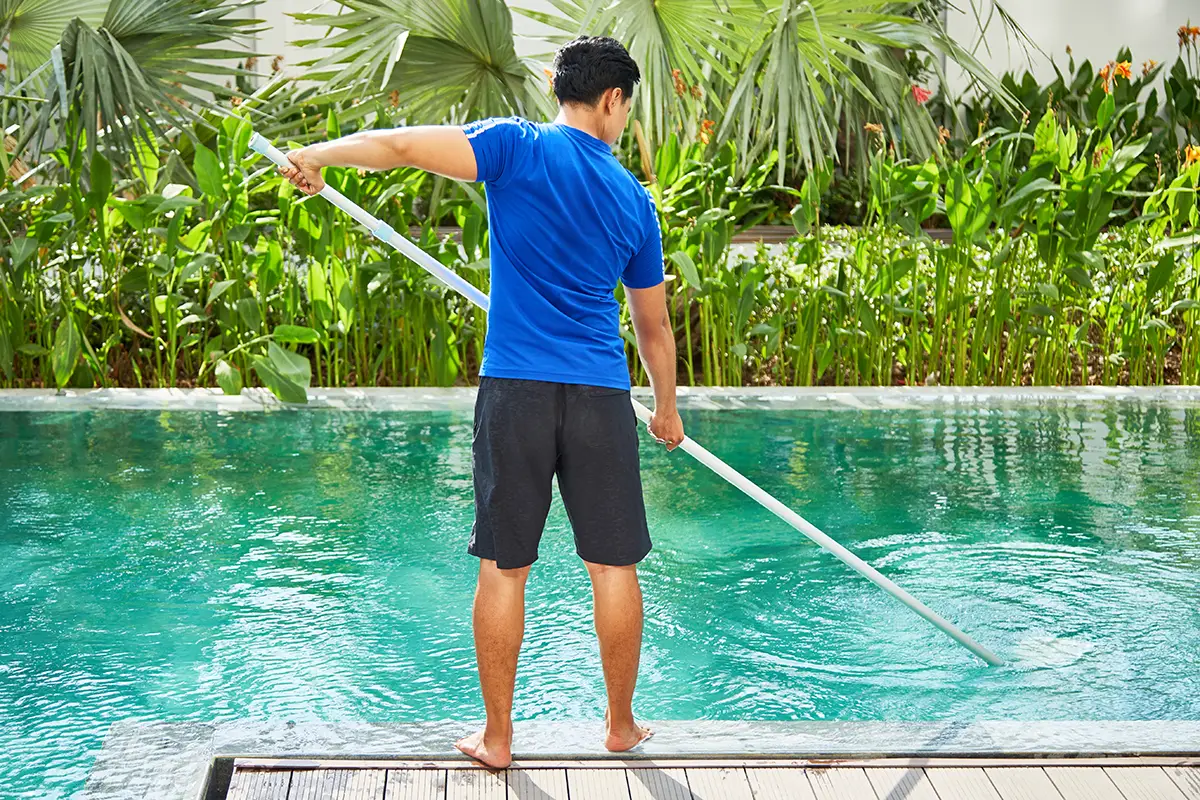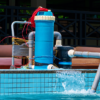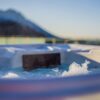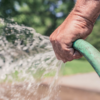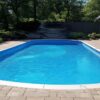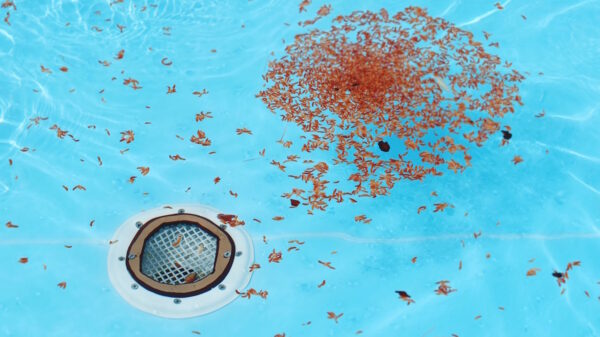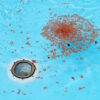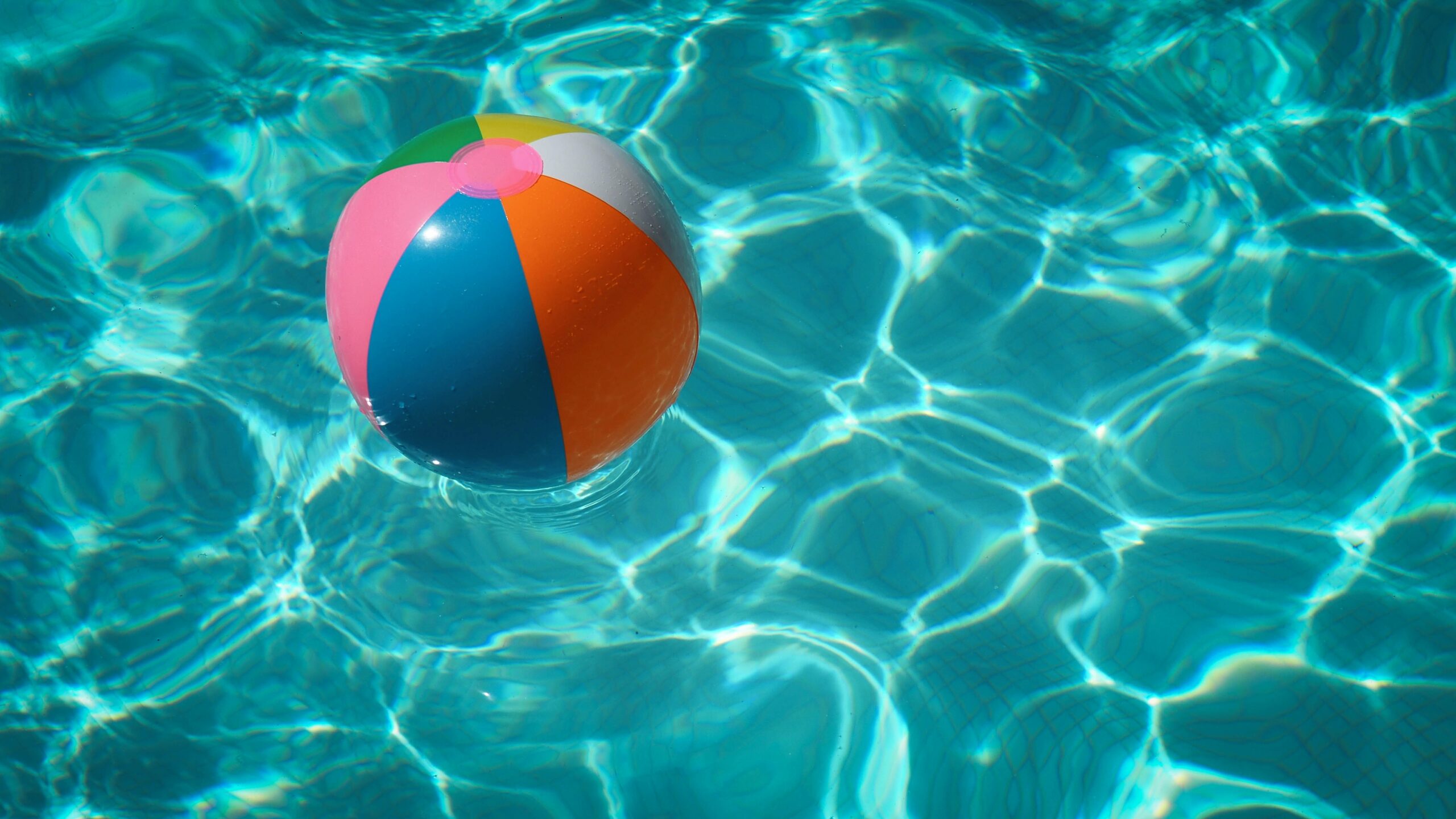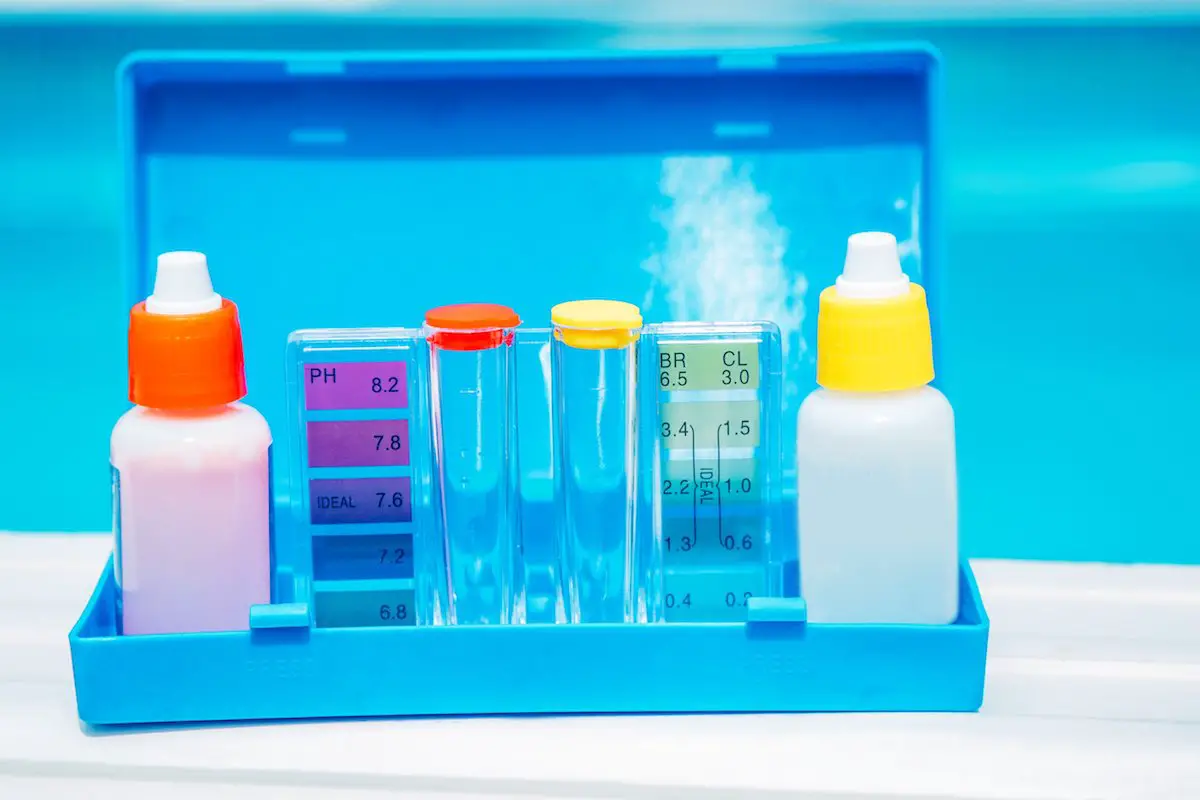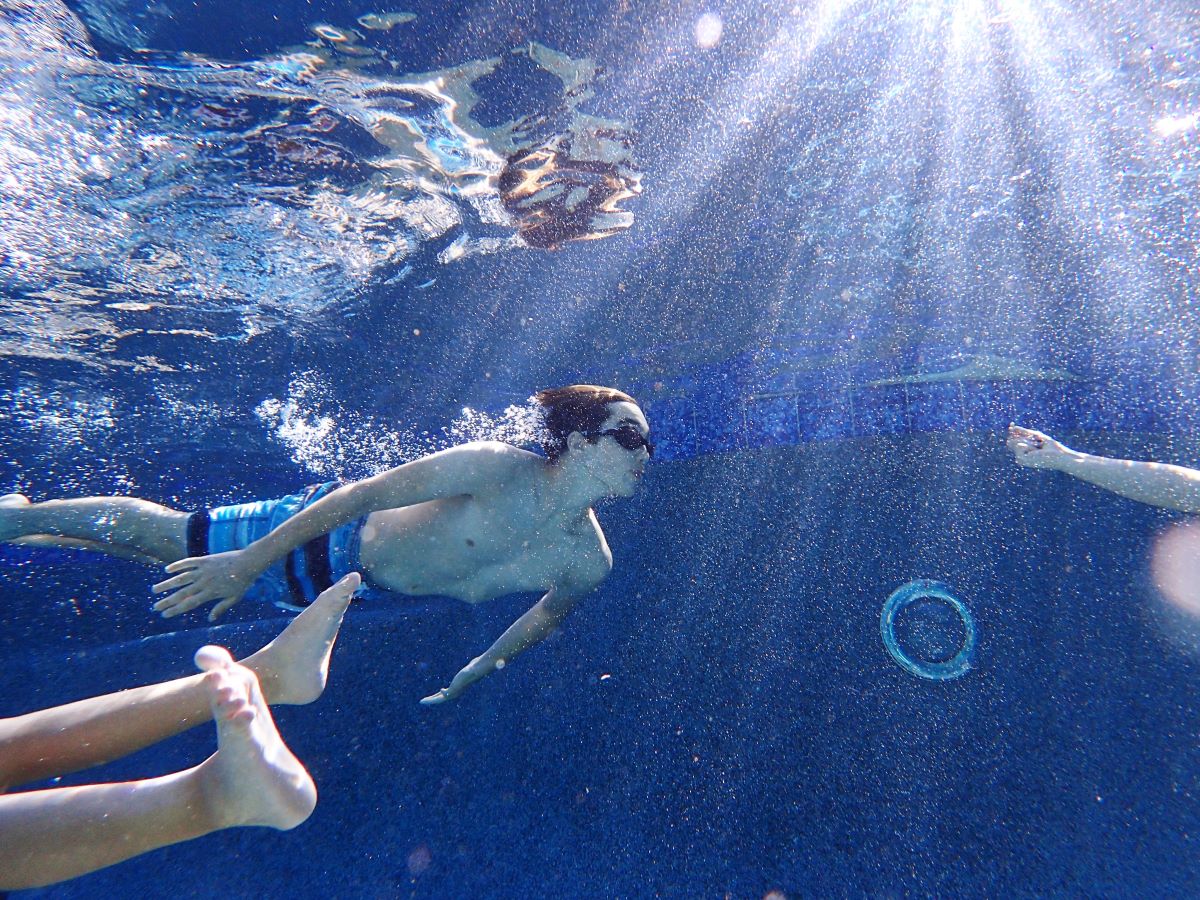What is the Yellow Dust in the Bottom of My Pool?
A new season is quickly approaching and with it comes the dreaded yellow dust. For residents of the south, this time of year means one thing- pollen, and lots of it. The yellow dust in your pool and the film and buildup it leaves is a sign that you have organic debris in your water.
This can include plant material, pollen, algae, and more. It’s important to remember that when we say “organic”, these materials can also include dead bacteria, viruses, or parasites that may be present in your pool if there is a recent illness such as gastroenteritis (an infection of the stomach).
So, how do I get rid of the yellow dust on the floor of my pool? There are many ways to get rid of the yellow dust or pollen, that is invading your pool including shocking your pool, running a leaf catcher, and maintaining proper chlorine and sanitizer levels.
Keep reading to learn more about getting rid of the yellow dust in your pool!
What is Pollen?
Those small, yellow dust particles you’re seeing are actually mineral deposits from the sun reacting with natural elements in the water like chlorine and bromine. Yellow dust is a colloquial term for yellow iron oxide.
It occurs naturally, but human activity can cause it to be carried into water bodies by wind or rain – this might happen around mines where the ground contains iron oxides (rust), forestry sites where pine bark has been crushed, stone quarries and construction sites with freshly broken rocks which contain high amounts of limonite (a type of iron ore).
The presence of high levels of free chlorine, combined with high temperatures and low water circulation, which keep this mineral gunk sitting on top of your pool’s surface instead of being filtered out, can also contribute to the yellow dust.
When it enters the pool, yellow dust turns your water into an unpleasant murky shade that resembles lemon juice or urine. However, even though the color looks unappealing enough to send you running to drain your pool, there isn’t any reason for concern.
It’s not harmful to humans; no skin or eye irritation, no specific hazards from drinking it. But your pool will need a good scrub to get the stains out.
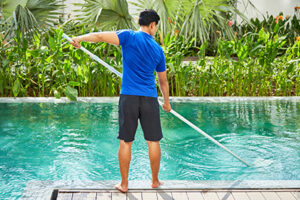
Where Do I Start?
When you first notice that your pool has yellow dust in it, shock your water by adding high levels of chlorine according to the directions on your pool’s chemical kit. Then vacuum and brush the pool until all visible debris is gone completely.
Maintain a constant level of chlorine-free from added chemicals or floating debris for several days until you’re sure that everything is flushed out.
Running a leaf catcher will help keep any big items from going back into your pool after being filtered out by using a filter system after vacuuming with a skimmer net.
To prevent this buildup from happening again, maintain proper sanitizing levels without overdoing it with chemicals and avoid allowing leaves, twigs, and other debris to collect around the edge or have a cover on your pool.
You can also slightly lower your water’s pH, as high levels of alkalinity contribute to the yellow dust problem.
If you’re having difficulty maintaining a proper chlorine level, a saltwater system may be for you. A saltwater system purifies by adding chlorine only when needed instead of constantly shocking and filtering it from your water than flushing it down the drain.
However, if this yellow gunk comes back frequently even after trying everything mentioned above, such as having well-maintained sanitizing and no organic matter in or around your pool and treating with an appropriate product like Fix Yellow Pool, you could have an underlying issue with either the structure of your pool or the water chemistry.
Don’t hesitate to give a professional a call if there is any doubt about what you should do for your pool, and always read and follow all directions when using any chemicals or products that could potentially affect your health or the environment around you.
Sand Socks
Many companies offer a “sand sock”. This is a mesh tube that you fill with sand (like an extra-large window screen) to help support your winter cover in windy conditions.
It will allow rain and snowmelt into your pool- but not dust or leaves! A better option for most would be an automatic cover system. These create a solid shell over the pool when it’s not in use and can sense any debris entering like leaves and acorns.
They usually require less maintenance than safety covers and don’t come with all of the downsides mentioned earlier (lack of inspection, loss of heat, etc.).
Pool Covers
What do I do when I’ve exhausted other solutions and am still having issues? The answer to this question is actually quite simple: a winter cover, as well as a properly installed system, can virtually eliminate all organic material from entering your pool during those months that you aren’t using it.
At first glance, a new pool cover sounds expensive and maybe not be worth the extra investment. This is not the case! Using winter covers actually saves you money in the long run by helping to protect your pool equipment and saving on chemicals (no need for additional chlorine or algaecide).
Also, most pools find that their energy costs go down during the months it’s covered because things like evaporation are minimized.
Regardless of what type of cover you select, using one will help eliminate nearly 100% of organic contaminants in your pool – making clean-up much easier next spring. Also, it’s best to treat your pool with shock before you open it for the season.
You can also use this preventative product at other times throughout the year if you live in an area that has high levels of rust or iron oxide – these types of minerals are often found in rural areas or near construction sites.
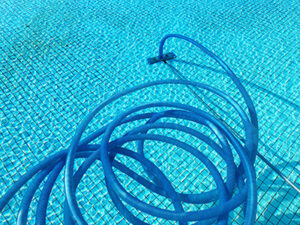
Benefits of Pool Covers
Here are a few more benefits of a pool cover:
- First and foremost, your pool would be virtually free of the offending yellow dust that you are tired of cleaning out of the pool!
- Second, you wouldn’t have to put your pool equipment through long periods without use (which is especially rough on heat pumps).
- Third, this would give your filter system a break. Over time, sediment collects at the bottom of your pool and will eventually clog the pores in your sand or diatomaceous earth (DE) filter. This can shorten its life span significantly if not serviced regularly.
With winter covers, most people opt for solid or mesh safety covers that are installed directly over the water surface, around the perimeter of the pool. These are designed so that they won’t allow debris into your pool when it’s windy out. However, they also prevent heat transfer from the ground and inhibit water evaporation.
Things to Remember
Keep your water moving. Run your pool pump to keep your filter running for longer periods of time. To prevent algae, most pools require 8 hours of circulation each day, but larger pools need more time. Consider including a circulation booster if you live in a mustard algal-prone region.
Keep your pool clean. Brush and vacuum your pool regularly. If you live in an area where mustard algae are common, a robotic pool cleaner may be useful since it is excellent at collecting fine silt and tiny particles and improving circulation.
All bathing suits that will be re-entered into the pool should be washed in warm water and dried in a hot setting. Rinse all of your pool accessories and clean them with a chlorine-based solution as well.
This is an essential stage because these minute spores will attach themselves to pool toys and swimwear, bringing them back into the pool. Mustard algae are chlorine resistant, therefore you’ll need to use a strong pool brush.
It will be necessary to scrub your pool thoroughly since it is chlorine resistant, so make sure you have your pool brush on hand. You should make sure that the entire surface of the pool has been cleaned, including under steps and around gaskets and seals.
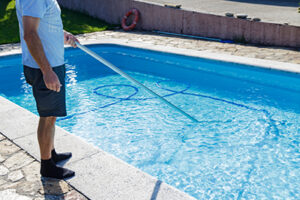
Brush Your Pool
Brush your pool. Over time, the dirt will accumulate at the bottom of the pool and reduce its cleanliness. Brush your pool weekly to remove any debris that has settled on the floor of it.
Also, brush around areas that are hard to reach with a vacuum cleaner. Brushing helps break up any dirt or debris that may have accumulated on your pool’s walls or floor, allowing you to catch those particles later with a vacuum.
Shock Your Pool
Shock is an important step in cleaning a swimming pool as germs can build up over time naturally. To kill these unwanted germs, you should use chlorine shock as soon as possible after finding out about their presence in your water.
Adding this chemical to your water will help clean and disinfect your swimming pool.
Vacuum Your Pool
After brushing, use a pool vacuum cleaner to remove dirt and debris from the pool floor, sides, and steps.
To thoroughly clean your pool, run the vacuum for at least six hours or overnight. Include all of these steps to properly clean your swimming pool so that everyone who uses it will be safe from germs.
Thanks for reading!

